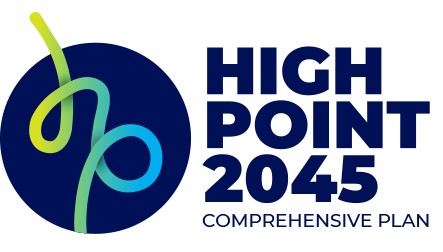Diversify and Integrate Housing with Other Land Uses and Transportation Options
Look for opportunities to diversify housing options and create mixed-use activity centers while developing transportation networks for all users.
Why is this a priority?
Throughout the planning process participants made it clear that they want a more connected city. There is a widespread sense that infrastructure for walking and biking is insufficient in many parts of the city and that the connections between transportation and land use is falling short for many people – especially for those who cannot or choose not to drive or own a car.
Cities are comprised of all types of people with different preferences and needs and city transportation and land use policies should reflect that. Transportation and land use are inextricably linked. When homes and workplaces are near stores and parks, walking, biking, and transit are made possible and convenient. This integrated approach can help to not only expand mobility options but can also work to reduce long- term infrastructure costs, lower greenhouse gas emissions, and preserve open space.
What do we know?
What outcomes do we want to achieve?
A variety of housing options are available for people in all life stages and incomes.
Parks, trails, and other recreational opportunities are accessible from
home and work. Walking, biking and driving are all viable options.
There are areas outside of downtown where you can live, work, and shop all in a compact walkable area.
Strategic Initiatives for this Priority
Strategic initiatives refer to carefully planned actions or projects that the city will need to undertake to achieve this plan’s desired outcomes for each of the Big Things.
Learn more about these and other Strategic Initiatives in Our Way Forward



